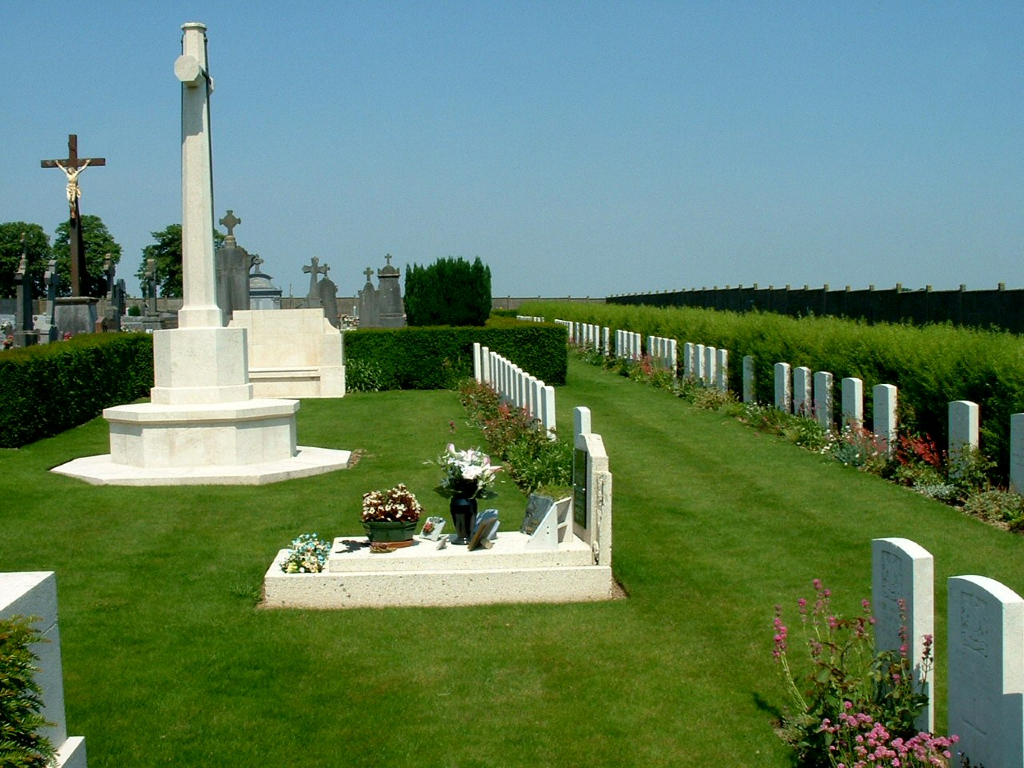James Ellis Lunn
Date of birth: 1892
Date of death: 21.10.1918
Area: Outwood, Wakefield
Regiment: Corps of Royal Engineers
Family information: Husband of Ethel Lunn nee Rayner
Rank: Sapper
Service number: 79293
War Service
In August 1914, when war was declared, James Ellis Lunn was working at Low Laithes Colliery, also known as Wrenthorpe Colliery. On the 30th January 1915 he enlisted in the King’s Own Yorkshire Light Infantry and given the service number 21433. On being posted to France on 15th May 1915, he was attached to the 180th Tunnelling Company, a new section of the Royal Engineers. As a sapper in the Royal Engineers James Ellis Lunn was allocated the service number 79293. During September 1915 the newly formed 180th Tunnelling Company was engaged in constructing saps and trenches, in addition to carrying duties, during the Battle of Loos.
Tunnelling Companies were formed as a result of a German operation on the 12th December 1914. On this day ten small mines driven under the British positions at Givenchy, from saps within the German front line system, were exploded. The explosion was followed by an infantry attack, which inflicted over 800 casualties on the British. To counter this type of enemy attack a decision was taken in February 1915 to form a number of Tunnelling Companies. These companies were made up from men drawn from the ranks, mixed with men specially recruited for this type of work. The tunnellers were deployed where the front lines were close together and where the geological conditions were suitable for tunnelling, such as at Hill 60, The Bluff, St Eloi, Aubers Ridge, Hooge and Givenchy. The sappers had not only to drive their own tunnels, but to detect and destroy the enemy’s mining systems. Occasionally each side would break through into their opponent’s tunnels, which would result in close quarter fighting until the tunnel was sealed.
At the beginning of 1918 James Ellis Lunn was granted home leave and at this time he married Ethel Rayner, the daughter of Albert and Kate Rayner of Orchard Place, Outwood.
In March 1918 the company was deployed to blow bridges, in an effort to slow the German advance during their spring offensive. The Company also acted as emergency infantry, fighting in the defensive action near Ronssoy, before withdrawing to Hamelet. During the great advance to victory, commencing in August 1918, the Company was deployed around Albert, removing unexploded charges and mines. In November 1918 they were deployed to do similar work at Epehy, when attached to the Fourth Army.
Sapper James Ellis Lunn was killed by an enemy shell on the evening of 21st October 1918, three weeks before the armistice. He was buried in the Communal Cemetery at Maurois, a small village 5 km from Le Cateau, in France. Maurois was the scene of heavy fighting during the Battle of Le Cateau in 1914, but most of the graves date from after the 9th October 1918, when the village was re-taken by the South African Brigade.
On Sunday 10th November 1918 a memorial service was held for Sapper James Ellis Lunn, at the Primitive Methodist Church, Outwood, which was attended by his widow, family and friends. The preacher was Mr T E Ward of Carlton, a lifelong friend of the deceased. James Ellis Lunn is not included on the existing Outwood memorials, but is remembered on the Wrenthorpe Colliery Memorial, in the grounds of St John’s Church, Wakefield.
N.B. The Commonwealth War Graves Commission records indicate that Sapper Lunn was attached to the 160th Tunnelling Company, Royal Engineers at the time of his death. However there was no Tunnelling Company allocated that number during the war.
Family Life
James Ellis Lunn was born in 1892, the fourth son of Joseph Lunn and his wife Annie Maria, formerly Hartley. The family lived at Arundale Buildings, Bottomboat, but later moved to Melrose View, Leeds Road, Outwood. Joseph Lunn was a coal miner and, after leaving school, all his sons found work at the local collieries. The Lunn family were Methodists and James Ellis Lunn became a prominent member of the Primitive Methodist Sunday School. He was also a member of the Christian Endeavour and a member of the choir.
 Maurois Communal Cemetery
Maurois Communal Cemetery

